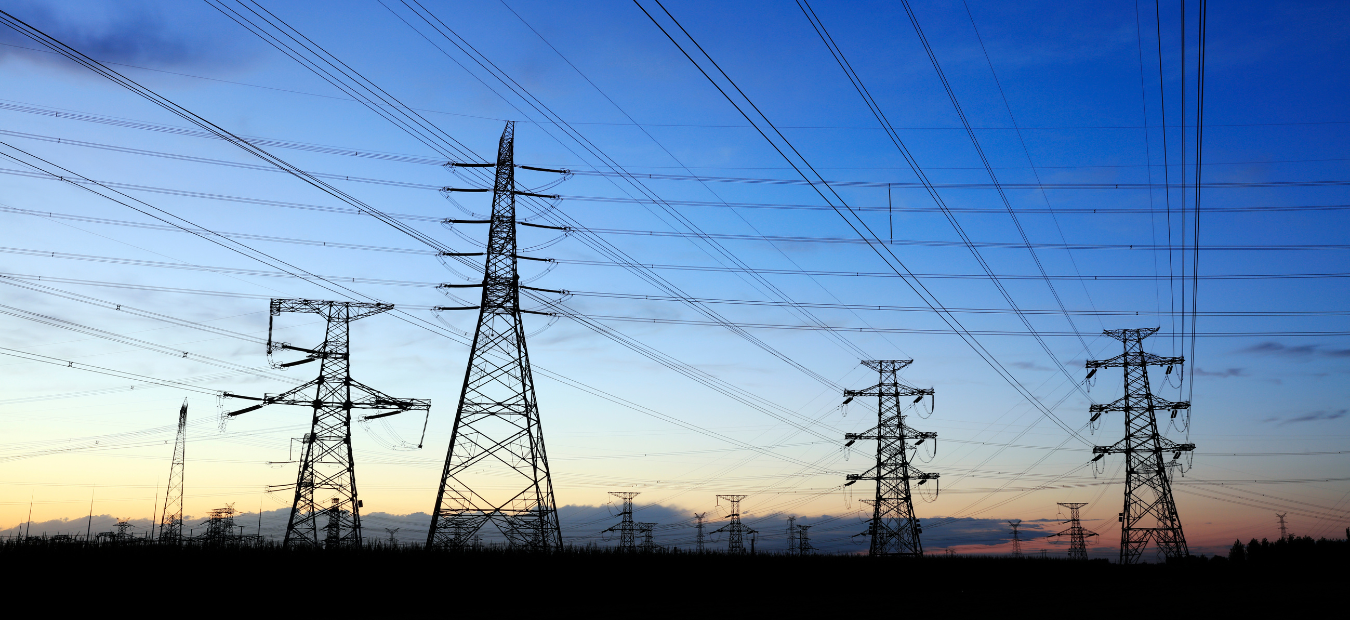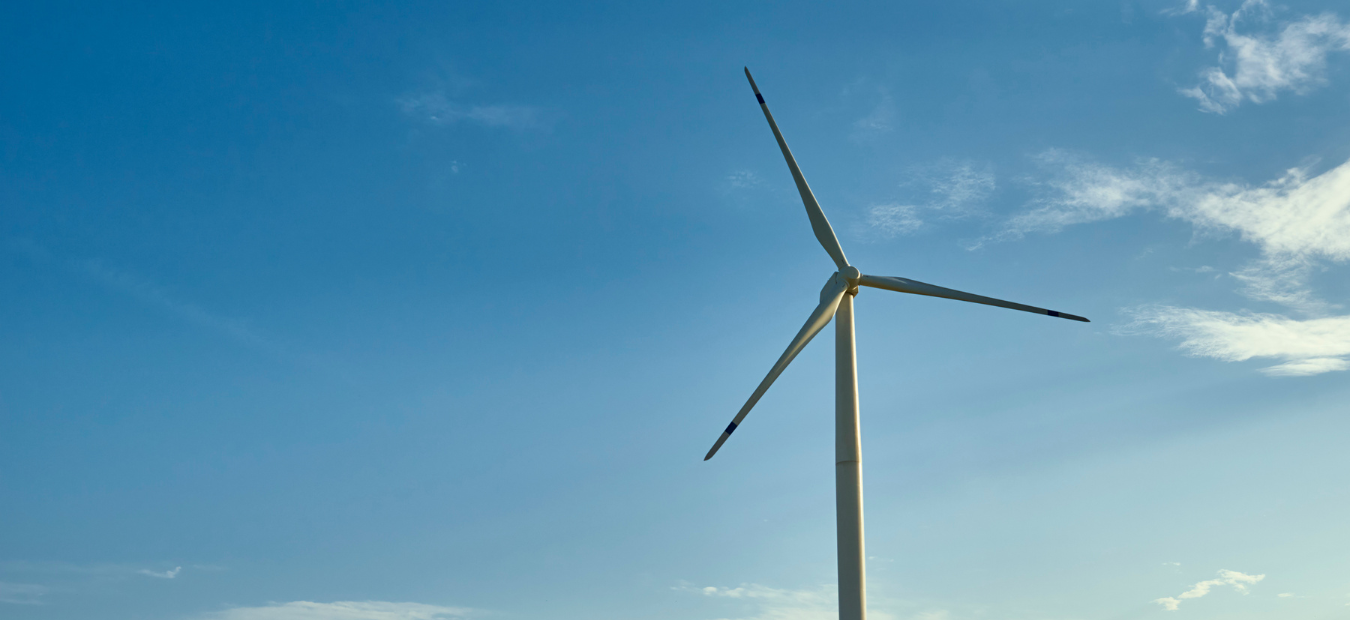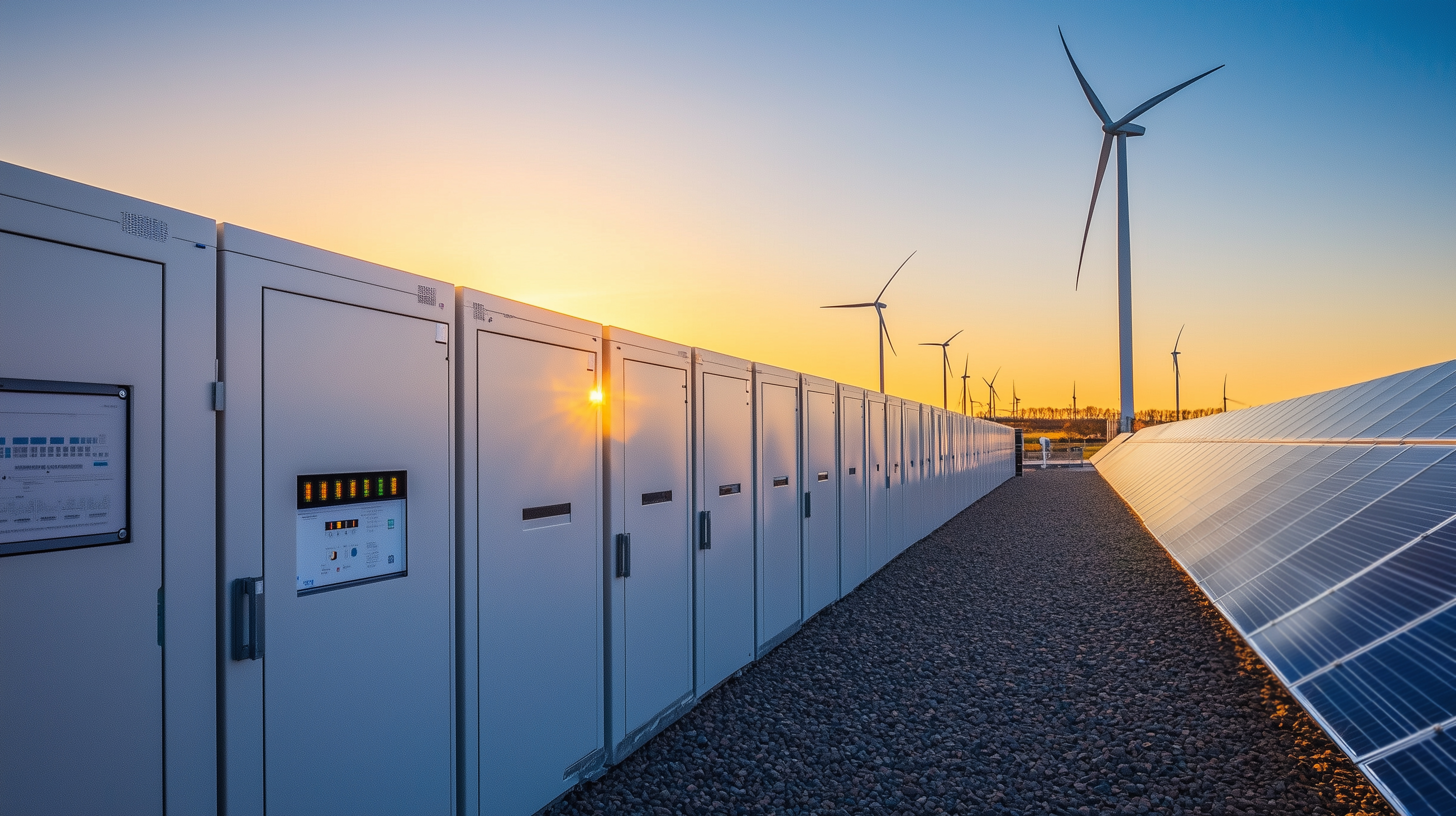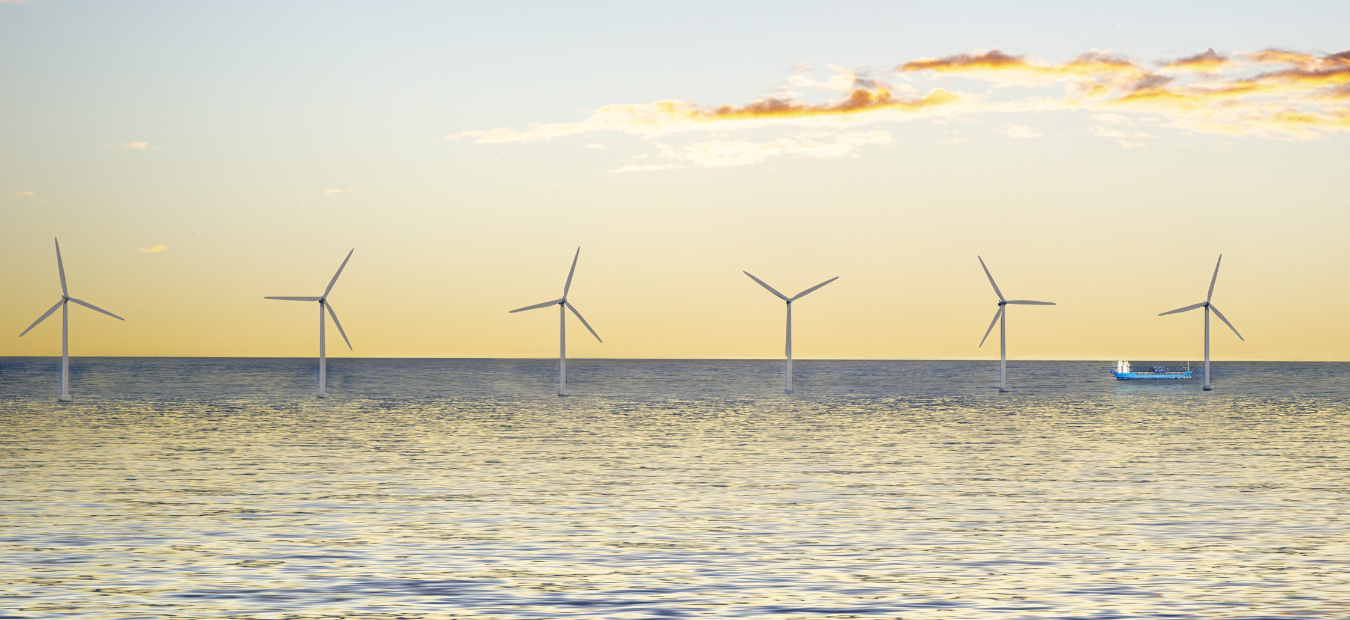Power demand forecast to triple by 2050
Electricity demand in Great Britain is expected to almost treble by 2050, highlighting the need to accelerate clean power and storage.
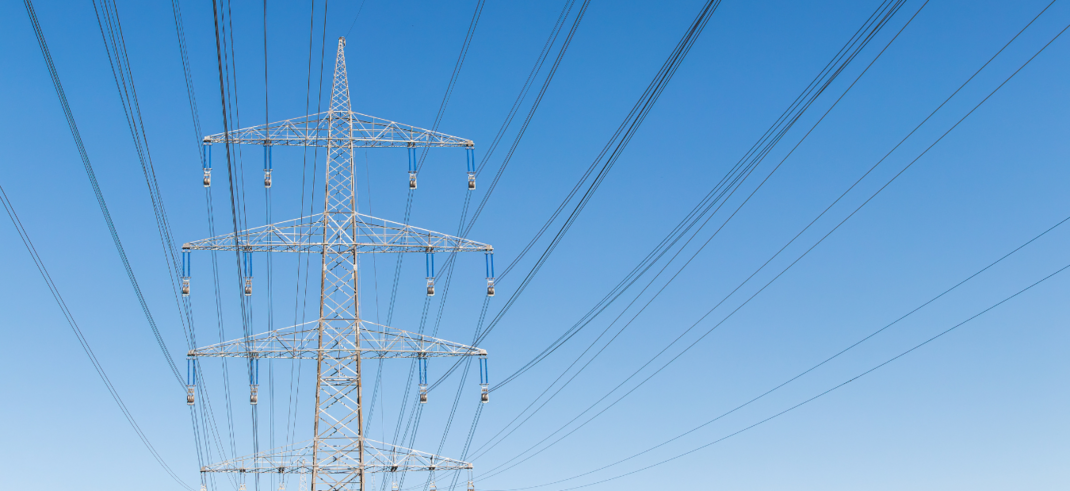
Electricity demand in Great Britain is expected to almost treble by 2050, highlighting the need to accelerate clean power and storage.
The Future Energy Scenarios report published by the National Energy System Operator (NESO) said it expects to see electricity demand increase from 290TWh now to as much as 785 TWh by 2050.
The report stressed Britain's energy infrastructure is undergoing a huge transformation, with wind and solar expected to increase grid capacity by up to 98% by 2050.
Hydrogen will play a pivotal role, powering the network with between 98 and 325 TWh by the middle of the century. The system operator also believe electric vehicles (EVs) will become the largest source of flexibility, providing 51 GW at peak, which is more than gas fired generation provides today.
Fintan Slye, Chief Executive of NESO, said: “Over the past year, we have run the electricity system at 95% zero-carbon for the first time and phased out coal entirely from our energy system. But this isn’t enough. We need to go further and faster, accelerating the roll-out of clean energy technologies is imperative to help deliver a clean and affordable energy system in the long-term.
“The choices made today will shape the success of each wave of Britain’s transition. That means speeding up the adoption of energy efficiency measures, empowering households and businesses to make informed choices on things like demand flexibility, purchasing an electric car and switching to low-carbon heating.”


